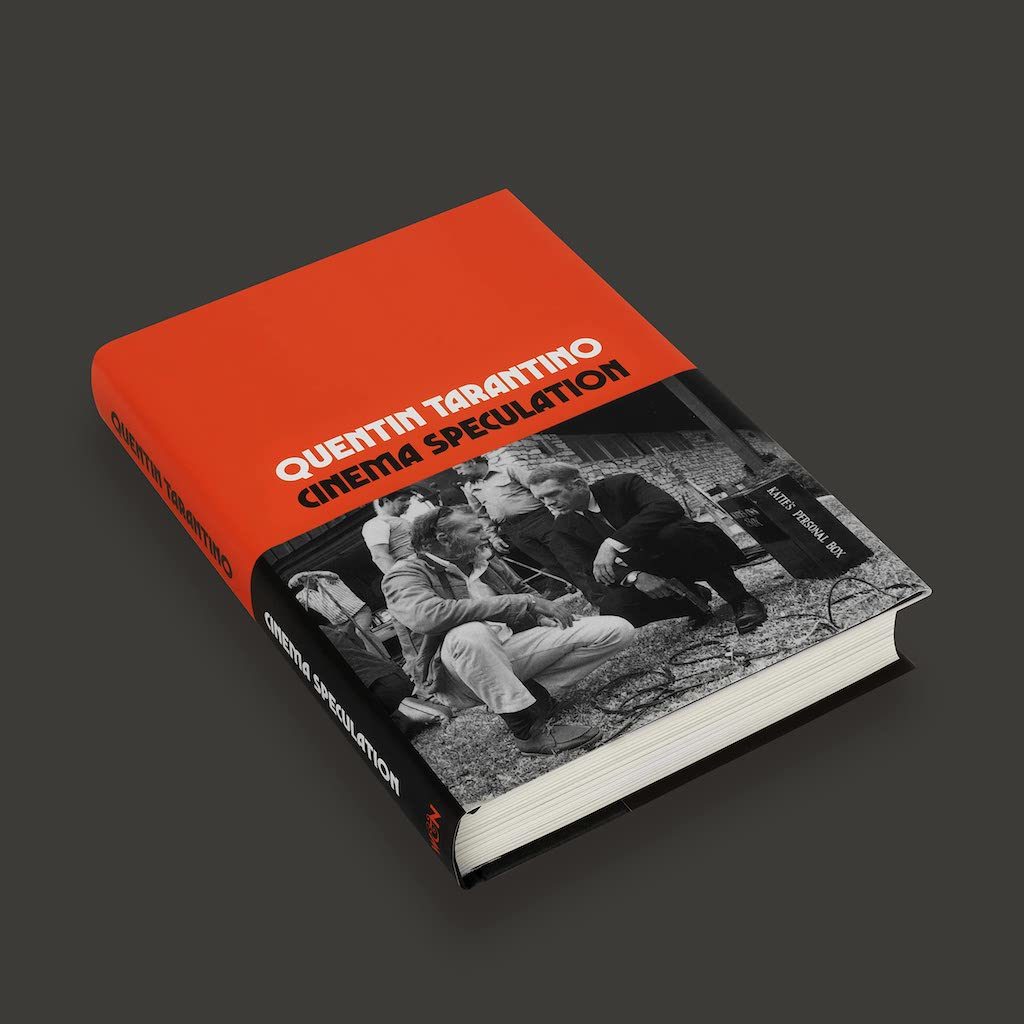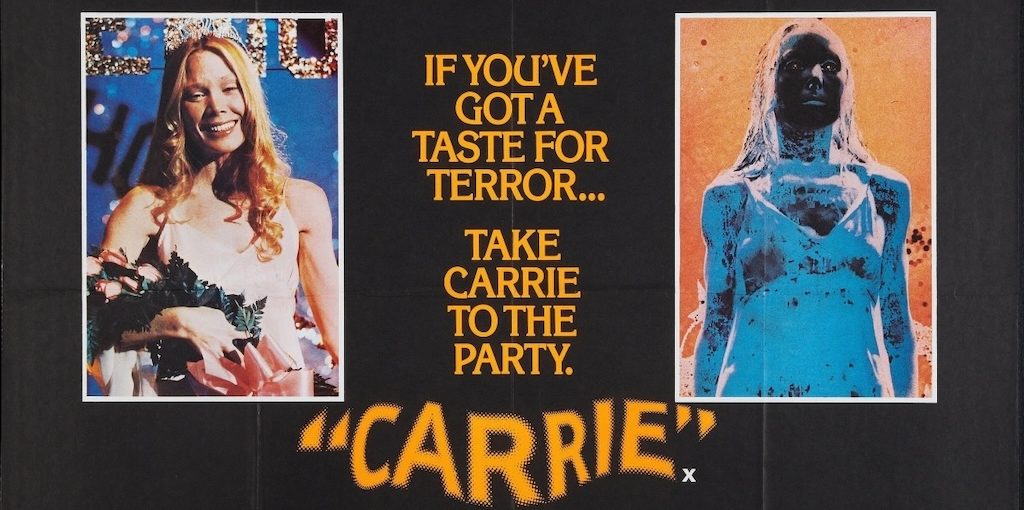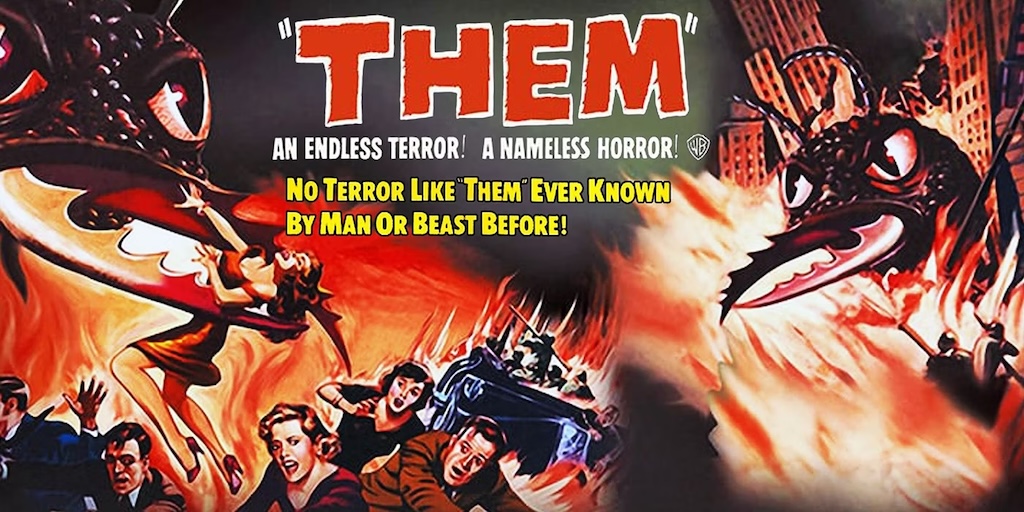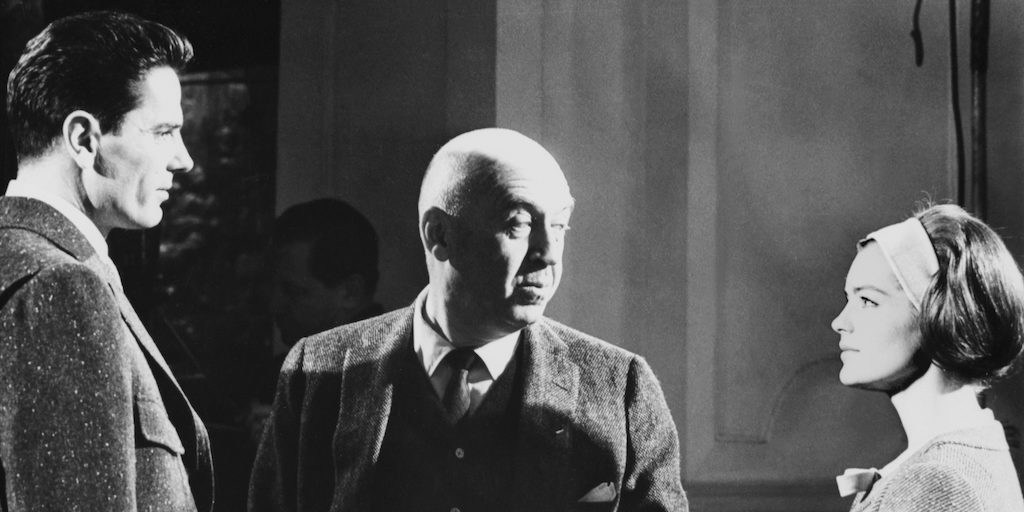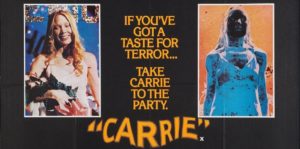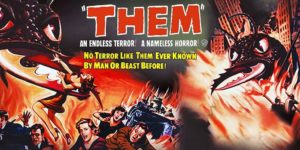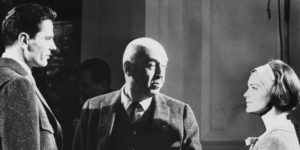The abundance of information, opinions, references and anecdotes contained in Cinema Speculation (2022), Quentin Tarantino’s most recent book, make for a very recommendable reading, especially for cinephile audiences.
It is divided in 18 unnumbered chapters, the first of which (Little Q Watching Big Movies) is the most autobiographical. Tarantino, whom at age four moved from Knoxville, Tennessee to the city of Torrance in Los Angeles County, remembers that his first visit to a movie theater was at age seven, when he saw a double feature at the Tiffany Theater comprised of John G. Avildsen’s Joe and Carl Reiner’s Where’s Poppa? The other theater he attended was the extinct Carson Twin Cinema, being usual around that time that the ticket at many theaters granted access to a double feature.
Most of the following chapters carry in a chronological manner the title of a film, starting with Bullitt (1968), where its lead actor (Steve McQueen) gets more mentioned than its director. McQueen is one of the actors which he dedicates the most space in his book, since he returns to him in Chapter 5 (The Getaway -1972-), although in this case he also refers to Sam Peckinpah, preferring this film and The Wild Bunch to others he mentions such as Ride the High Country, The Ballad of Cable Hogue and Cross of Iron. He also exteriorizes on his friendship with Walter Hill all over the book, since he was one of the writers on The Getaway (the other writer also mentioned is Jim Thompson).
It is not casual that Chapter 3 bears the title of Dirty Harry (1971), since it was directed by his admired Don Siegel, of which he dedicates yet another chapter further down the line, the 15th, with a later film (Escape from Alcatraz -1979-). Both films have Clint Eastwood in the lead, and his is another name repeated often all through the book.
Among the tastiest chapters in Cinema Speculation are two dedicated to Taxi Driver (1976). The 11th simply has the title and year of release of that film, but the one that follows explains the title of the book. That 12th chapter is titled: Cinema Speculation (What if Brian De Palma Directed Taxi Driver instead of Martin Scorsese?). There are three main characters in this last chapter, starting with Brian De Palma, being the first who read Paul Schrader’s screenplay (his name will also be a recurring presence as we will see further on). In fact, Schrader had written a praiseful review of Sisters (1973), the subject of this book’s 9th chapter. De Palma textually said to Schrader: “I just thought it was better suited for Marty,” but Tarantino adds that, years later, it was revealed that the director of Obsession did not see a lot of box office potential for the project. Precisely this last film was shot the same year as Taxi Driver, which means that De Palma clearly had another project in development.
What is noteworthy is the speculation made by Tarantino about how Taxi Driver would have been in De Palma’s hands, taking the risk of saying that the character of Travis Bickle should not be played by Robert De Niro, but by Jeff Bridges, and that the film would have been of a very different genre (a political thriller), instead of what it is: simply a thriller.
Tarantino mentions a lot of B-movie directors and curiously he dedicates two chapters to several films of a director who, without precisely belonging in this category, is not on the list of the most consecrated American (and some British) filmmakers. These chapters are about John Flynn, whose film The Outfit (1973) gives its title to Chapter 6 and Rolling Thunder (1977) to Chapter 13. Out of the two of them, the one occupying the most space in the book is the latter film, which is worth discovering or rewatching. Its inclusion is not casual since the screenplay was penned by Paul Schrader, featuring it into a subcategory he baptizes as “revengeamatic films” and whose origins can be found in the many times quoted The Searchers (1956) by John Ford. Within this class he also mentions Straw Dogs (Sam Peckinpah, 1971), Taxi Driver, Trackdown (Richard T. Heffron, 1976) and Hardcore (1979, and of which Tarantino dedicates one of the last chapters, the 16th).
Rolling Thunder’s original screenplay is by Paul Schrader and tells the story of Major Charlie Rane (William Devane), who was seven years imprisoned at a Hanoi POW camp, suffering painful tortures and eventually released in 1973. The film begins with his return to San Antonio, Texas, where he gets a typical hero’s welcome (a band, cheerleaders, welcome signs, a red Cadillac as a present, a donation of 2500 silver dollars). Soon Rane will find himself facing a harsh reality, since his wife will confess to him that, during his absence, she met another man which she wants to marry. But the most dramatic is yet to come, when a gang of four delinquents (The Acuna Boys) assault him to steal the coins, kill his wife and son and gravely wound him, losing a hand, which will be replaced by a hook. From then on, the story becomes a “revengeamatic film”, now that the Major, accompanied by an admirer, Linda Forchet (the attractive and almost unknown actress Linda Haynes), moves on to Mexico seeking revenge for the assault. Later on, another lower rank soldier (Tommy Lee Jones in one of his first screen credits) comes along. There were a lot of changes in the script, started by Schrader and modified by another screenwriter, Heywood Gould. Tarantino says that in the original screenplay, in a scene that was not finally included, Rane goes to a Drive-In Theater (a self-reference from the writer) and in the car next to his was Travis Bickle, that is, both of Schrader’s “antiheroes” together in the same scene.
Among the chapters not yet mentioned in this article are the 14th, about Paradise Alley (1978), Sylvester Stallone’s directorial debut, where the reader will find numerous anecdotes about the actor from the Rambo and Rocky films. Being Sly’s first film a minor one, it would have been preferable that Quentin went with Rocky II (1979), a film which the director of Pulp Fiction is very fond of.
The final chapter (the 17th) is titled The Funhouse, which begs the question of why he did not choose The Texas Chainsaw Massacre (1974), also by Tobe Hooper, in its place, of which Tarantino textually points out “To me, TCM is one of the few perfect movies ever made.” But the choice of The Funhouse is probably due to another of his affirmations, when claiming that “The biggest horror movie boom occurred from 1979 to 1982, when the slasher cycle was in full swing with a seemingly endless string of titles.”
It remains to mention Chapter 8 (insisting that the numbering is not featured in the book), titled New Hollywood in the Seventies. There he divides the greatest directors of the 70’s into two groups. The first is denominated “Post-Sixties Anti-Establishment Auteurs”, listing Robert Altman, Bob Rafelson, Hal Ashby, Paul Mazursky, Arthur Penn, Sam Peckinpah, Frank Perry, Michael Ritchie, William Friedkin, Richard Rush, John Cassavetes and Jerry Schatzberg. (All of them, with the exception of Richard Rush, will be covered in detail in “American Cinema Canon – Volume 2: from 1960 to 1989”, by Matías Orta and the author of this article, soon to be released).
To the aforementioned list he adds some more names of “less prolific” members, such as (incomplete list) James Bridges, Monte Hellman and “of course” (as he says) the Easy Rider trio: Dennis Hopper, Peter Fonda and Jack Nicholson. He generically designates them all as “The Hollywood Hills Hippies.”
The other group, which he denominates “The Movie Brat Generation”, includes the “first film educated directors”, among which stand out: Francis Ford Coppola, Peter Bogdanovich, Brian De Palma, Martin Scorsese, George Lucas, John Milius, Steven Spielberg and Paul Schrader.
To summarize such a substantial book, of around 400 pages and that includes a final index of yet another twenty pages, turns out to be an (almost) impossible task. This article only pretends to awake the curiosity and the interest of movie lovers, who will find in Cinema Speculation a satisfaction to their film passions in a story by Quentin Tarantino, who besides being a great filmmaker, is another member of the cinephile family.

